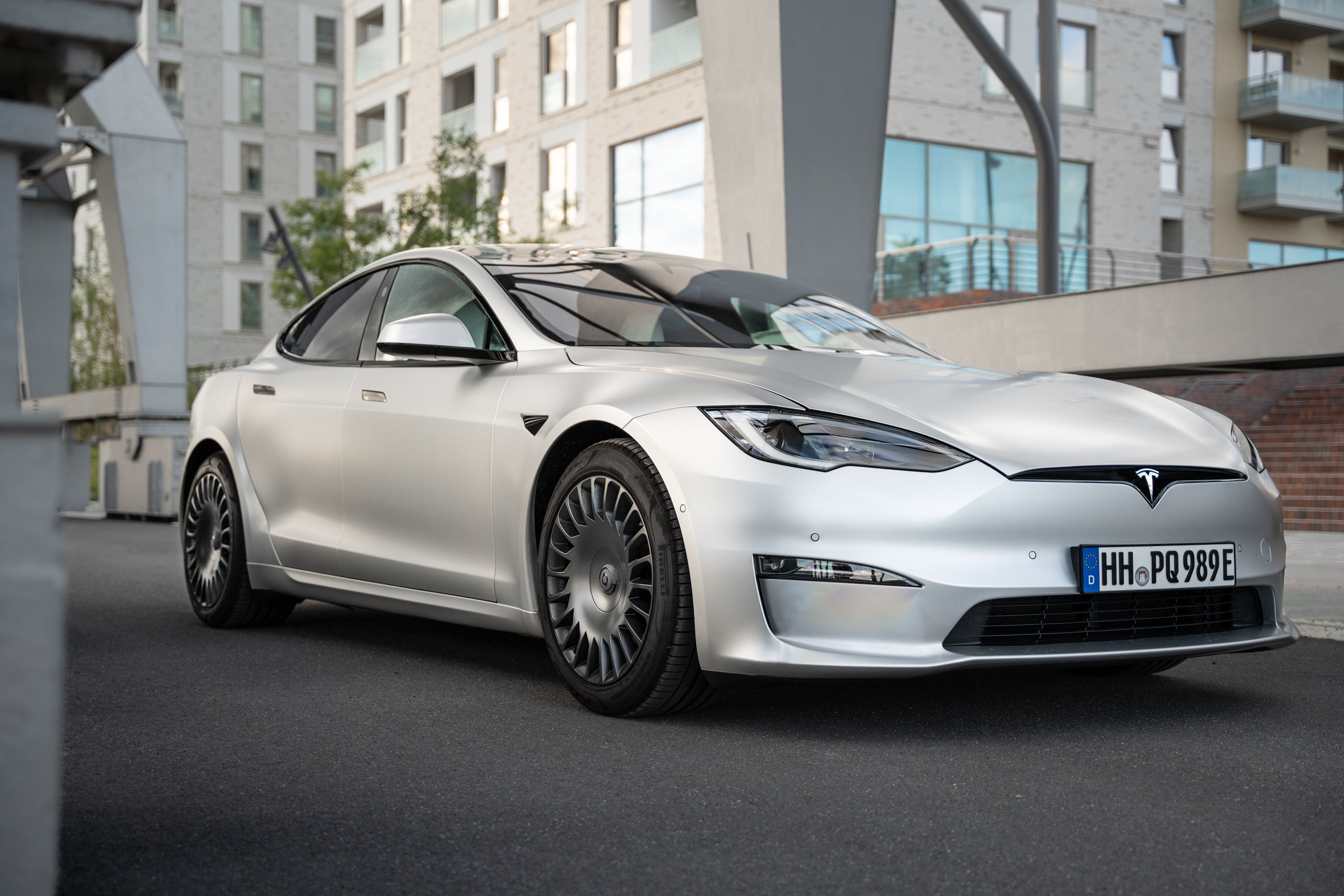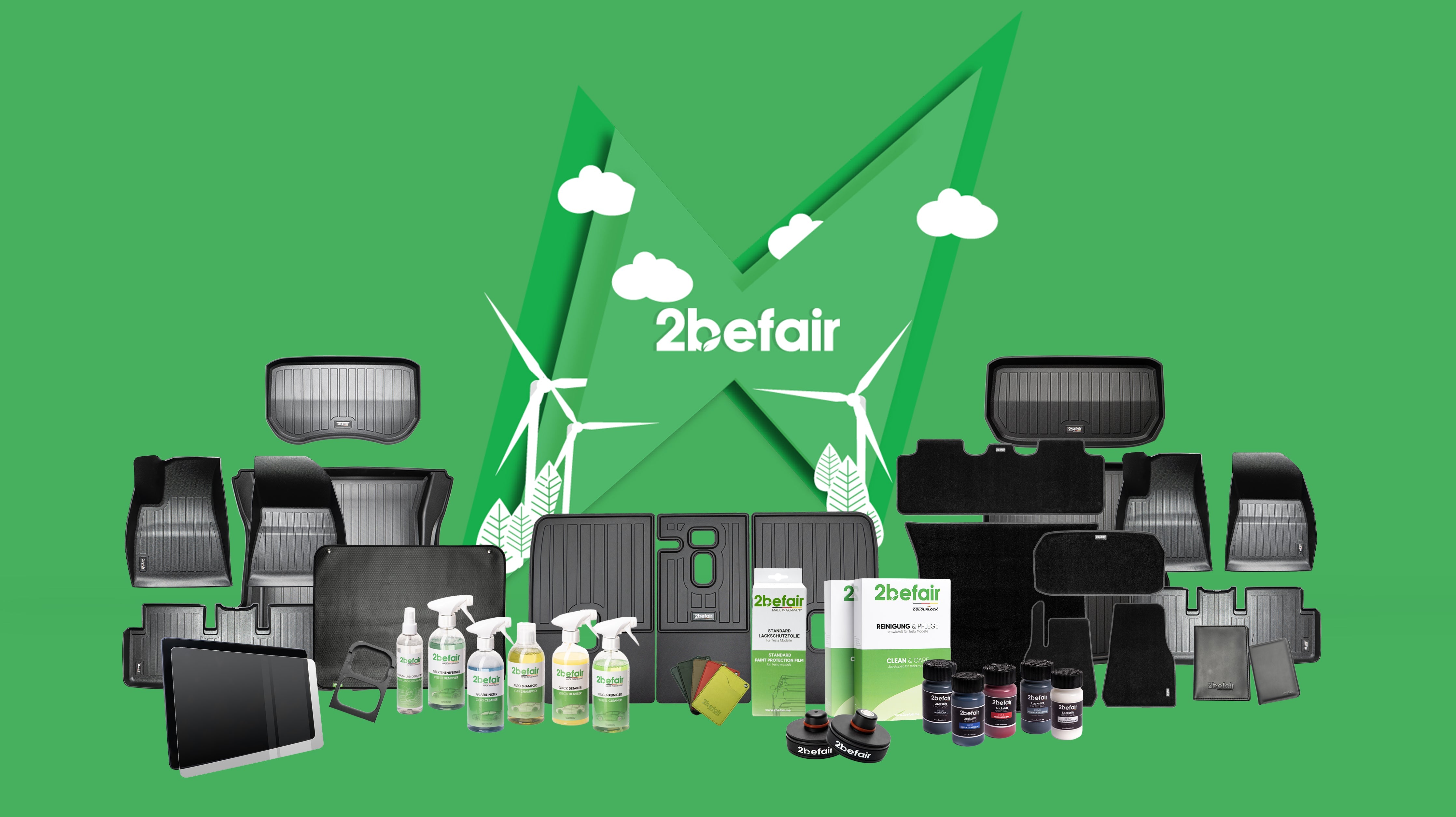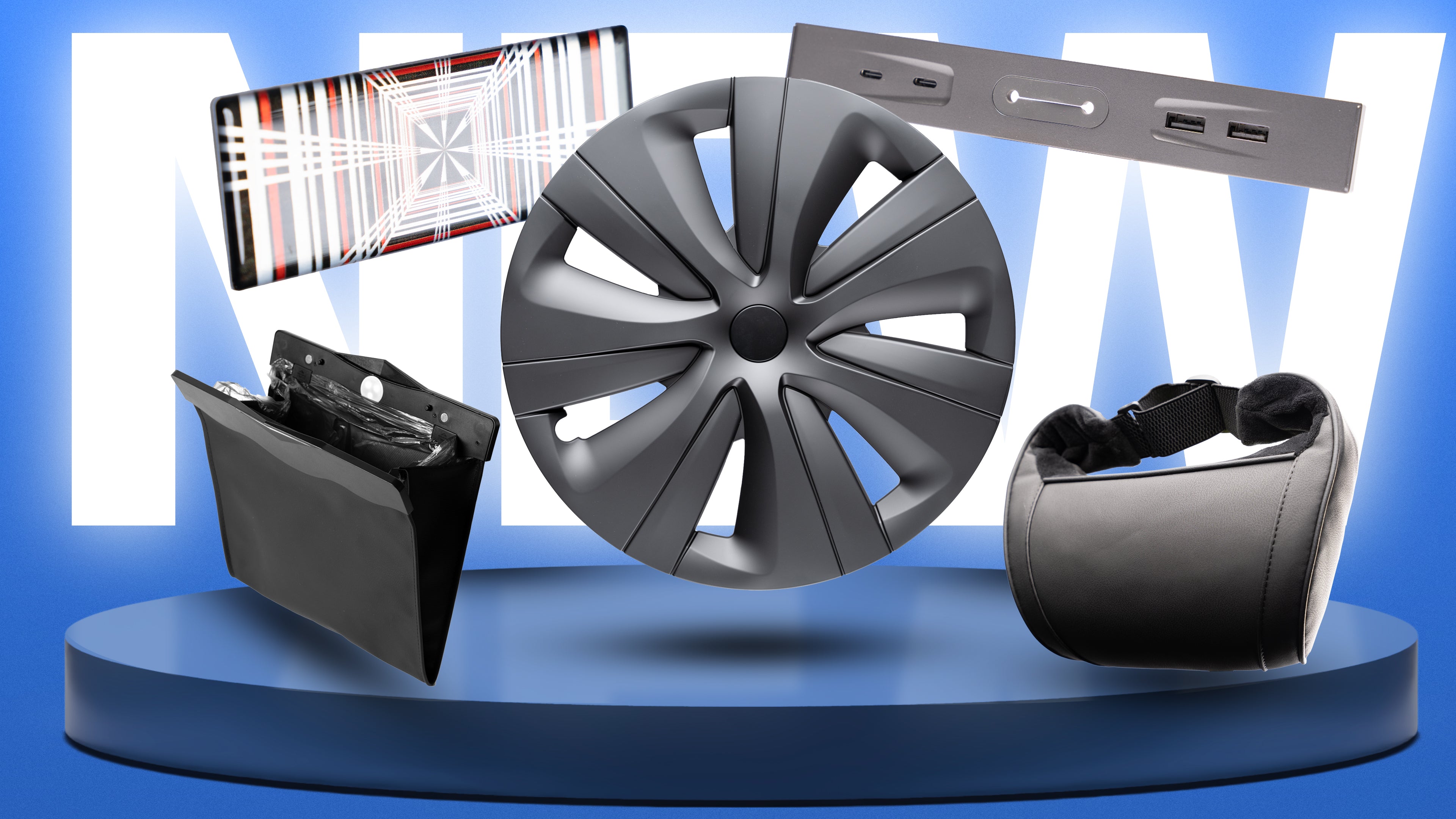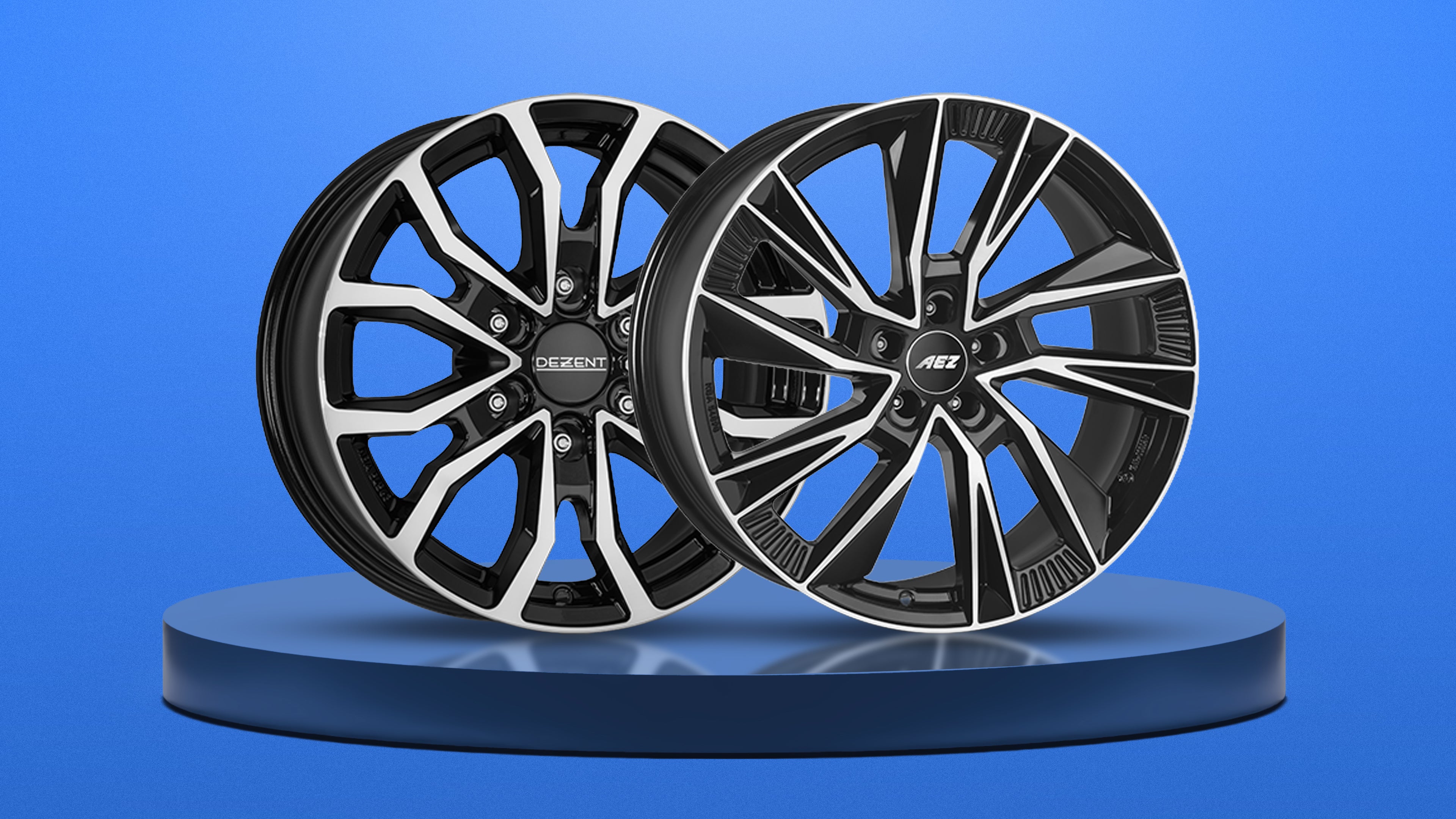Tesla is investing heavily in the development of its humanoid robot Optimus by hiring over 50 "data collection operators" who record movements using motion capture suits and VR headsets. The aim is to train Optimus for general tasks, such as factory work or housework.
The employment requires employees to be between 1.70 and 1.80 meters tall and able to work in the suit and headset for long periods of time. The data collected serves as training material for Optimus' AI, similar to how Tesla's self-driving cars are trained using real driving data.
According to experts such as Animesh Garg from Nvidia Research, data collection is complex and could cost up to half a billion dollars. Tesla Nvidia is planning to collect hundreds of millions of hours of movement data to make the robots fit for their tasks. This represents an immense challenge, as the Optimus robots are constantly undergoing new iterations and have to be produced on a large scale.
Through the use of motion capture technology and teleoperation Tesla wants to maximize the potential of its humanoid robot and train Optimus for a variety of tasks. The first Optimus robots are already being tested in Tesla's factories. The role of the "Data Collection Operators" is central to simulating precise movements and tasks that will later be performed by the AI.
However, it remains uncertain whether the ambitious project will be successful in the long term. Success depends not only on the amount of data collected, but also on how well the AI system can implement it.






































